

|
A woman chooses Johnson & Johnson baby shampoo at a supermarket in Taizhou, Zhejiang province. The Chinese market contributed nearly $2.5 billion to the company's total sales last year. Jia Ce / For China Daily |
Global healthcare giant Johnson & Johnson will attach more importance to the Chinese market amid the expansion of the country's middle class and its aging population, the company's chief executive officer said on Wednesday.
"We would expect the growth in the Chinese market to be faster than in other regions in the world, driven by a number of things. One is, of course, the increasing middle class in China," Alex Gorsky, chairman and CEO of Johnson & Johnson, told China Daily at the Fortune Global Forum, which is being held in Chengdu from Thursday to Saturday.
Gorsky added that China's middle class could rise from 300 million to as much as 800 million people over the next several years. And as people become better off, their demand for healthcare products usually increases.
China's population is also aging, which is expected to boost consumption of such products, he added.
"Today, about 9 percent of the Chinese population is above 65 and the number is expected to go to 25 percent in the next 20 or 30 years, which will have a dramatic effect on healthcare demand," he said, adding that when people turn 65 they usually use about five or seven times more healthcare products than before.
He said China's dynamic urbanization drive is also going to have an impact on healthcare demand, as people will seek treatment for some diseases in urban areas, while they couldn't get access to those services before moving to cities.
"So we think all these factors are going to lead to a significant increase in demand for healthcare in China," he said.
Johnson & Johnson's sales in 2012 rose 3.4 percent year-on-year to $67.2 billion, while its adjusted earnings increased from $13.9 billion in 2011 to $14.3 billion in 2012, up 3.4 percent year-on-year. The Chinese market contributed nearly $2.5 billion in sales last year.
The company ranked 23rd on Fortune's list of the world's most admired companies in 2013, from 12th position last year, and is the top-ranked healthcare company. The other healthcare group on that list - St Jude's Medical -ranked 43rd.
Meanwhile, in terms of ranking within the pharmaceutical industry, Johnson & Johnson rose to fourth place from fifth last year.
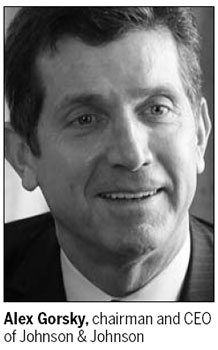
"The ranking of the Chinese market will, absolutely, keep increasing. It's already among our top markets and we expect that to continue in the future," Gorsky said. "Across all our business areas - pharmaceutical, medical devices and consumer - we are expanding our research and development centers. Now we have more than six R&D centers in China. We want to move from made-in-China to Designed-and developed-in-China. That will be a real opportunity, not only here in China but later to take these products around the globe."
He added that overall he is very pleased with the growth the company saw in China over the past few years, but far from satisfied.
Johnson & Johnson has been in the Chinese mainland for more than 30 years, where it employs almost 9,000 people.
Despite some multinational companies shifting manufacturing plants away from China to seek lower costs, Gorsky said Johnson & Johnson will keep expanding its manufacturing presence in the country.
"We continue to see real opportunities and we're actually expanding our manufacturing capacity in China," Gorsky said.
"We made investments in local infrastructure. Many of our products are high-tech products, requiring unique skills and capabilities. That provides a advantage in the market place."
As for the healthcare market, China's western region has more opportunities because of its higher growth.
The real opportunity in the western part of the country is the company's partnership in this area to help develop skills, clinics and to better eradicate diseases with new compounds, according to Gorsky.
lijiabao@chinadaily.com.cn
(China Daily 06/07/2013 page14)
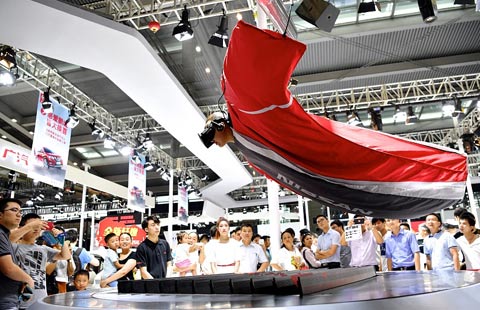 Visitors drawn to auto show in Shenzhen
Visitors drawn to auto show in Shenzhen
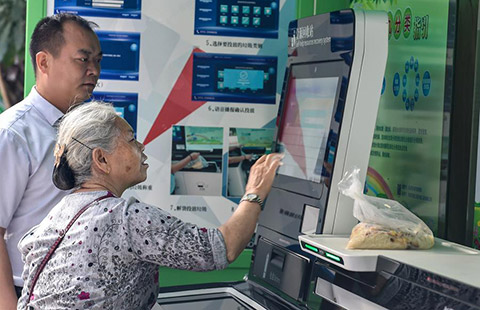 Garbage disposal in S China's Guangdong
Garbage disposal in S China's Guangdong
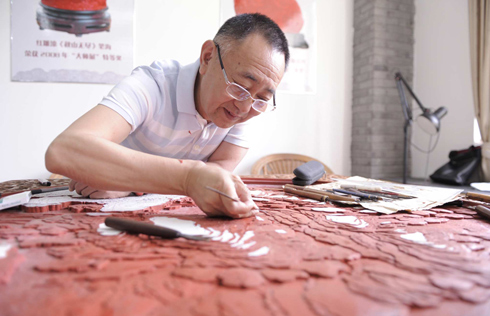 Jiangsu craftsmen in the spotlight
Jiangsu craftsmen in the spotlight
 A glimpse of a smart future in Hangzhou
A glimpse of a smart future in Hangzhou
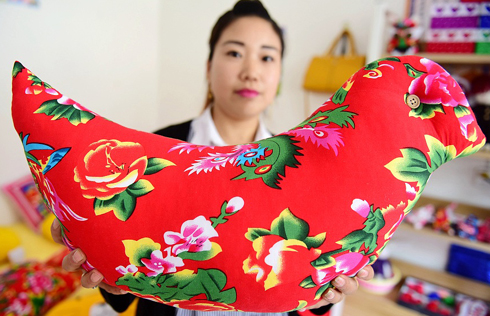 Single mom to make traditional handicrafts popular tourism items
Single mom to make traditional handicrafts popular tourism items
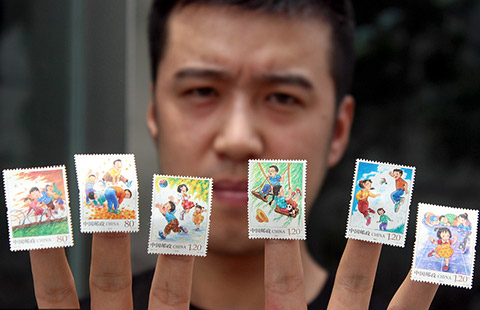 China Post issues stamps to celebrate Children's Day
China Post issues stamps to celebrate Children's Day
 Live streaming boosts zongzi sales
Live streaming boosts zongzi sales
 Big Data Expo opens
Big Data Expo opens